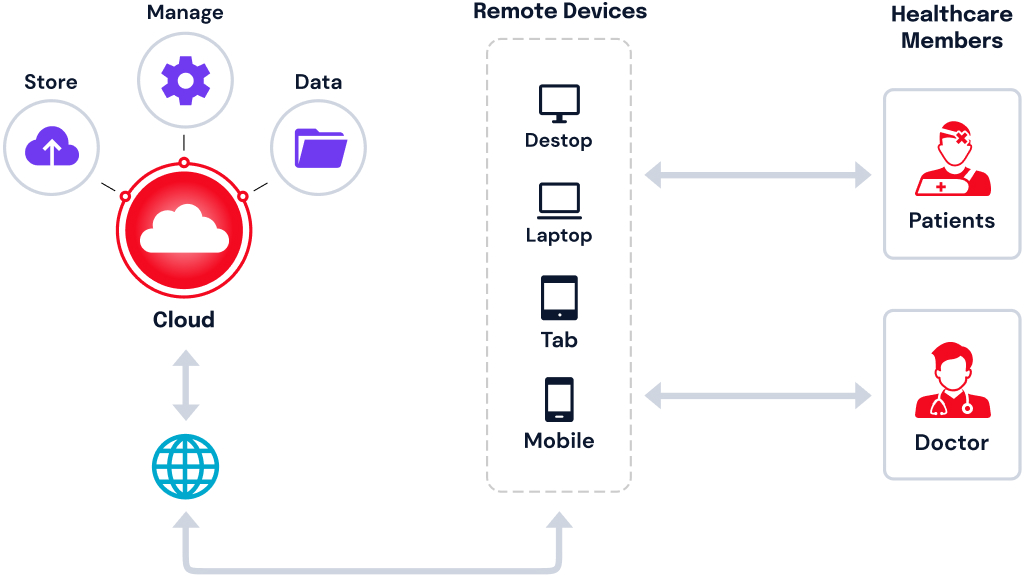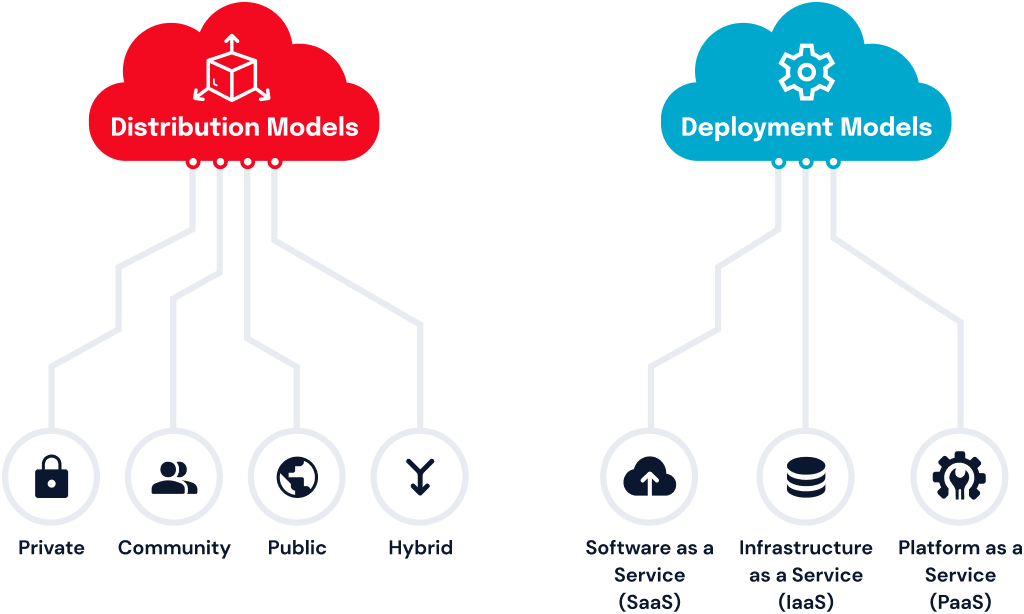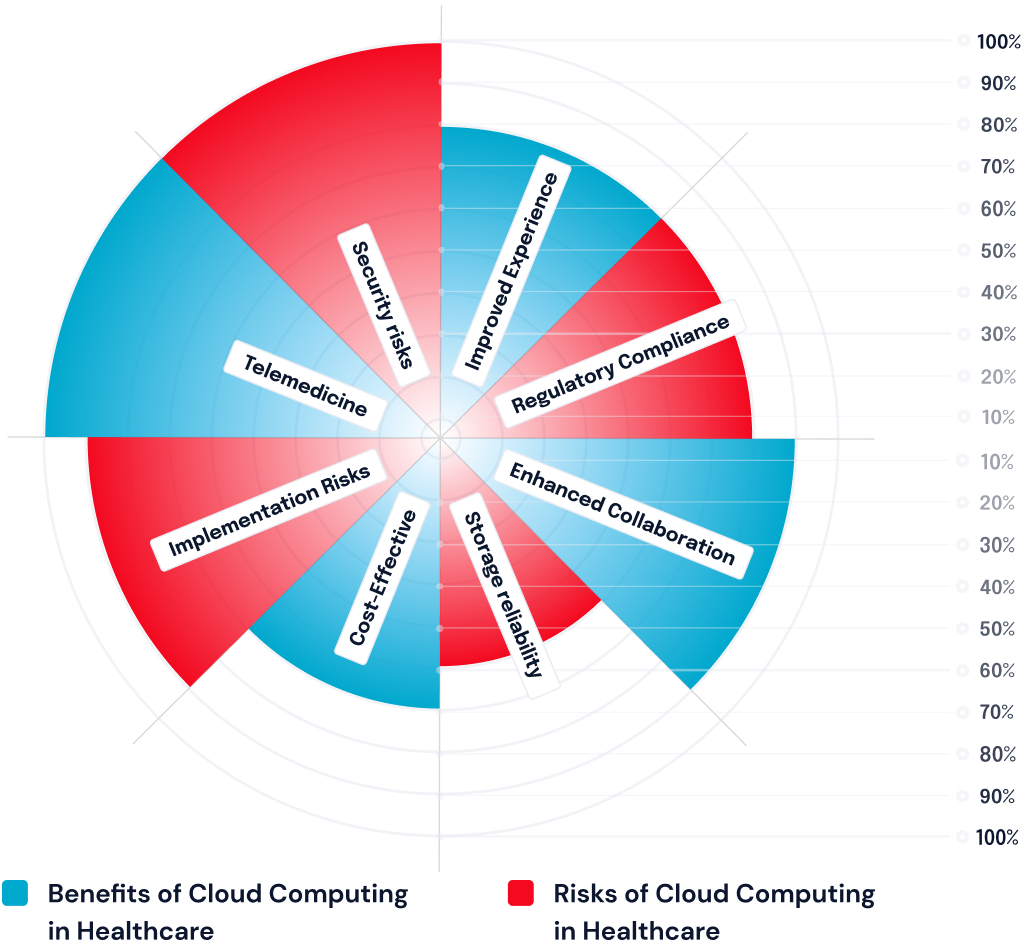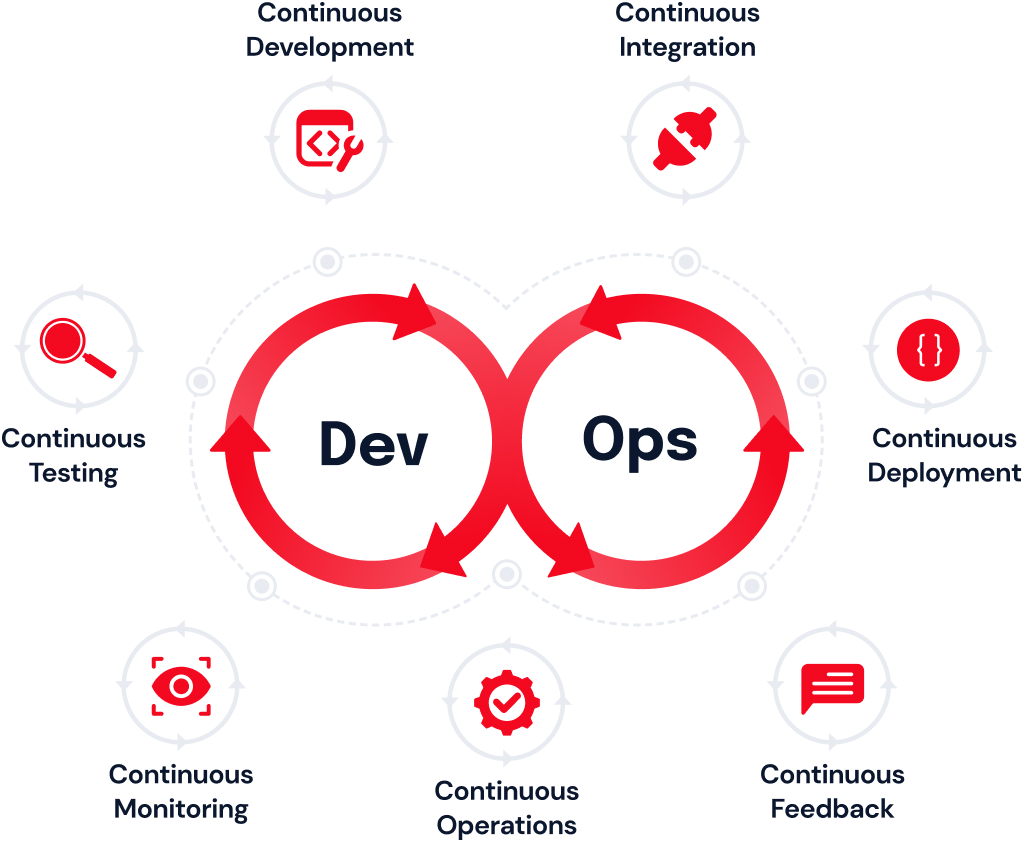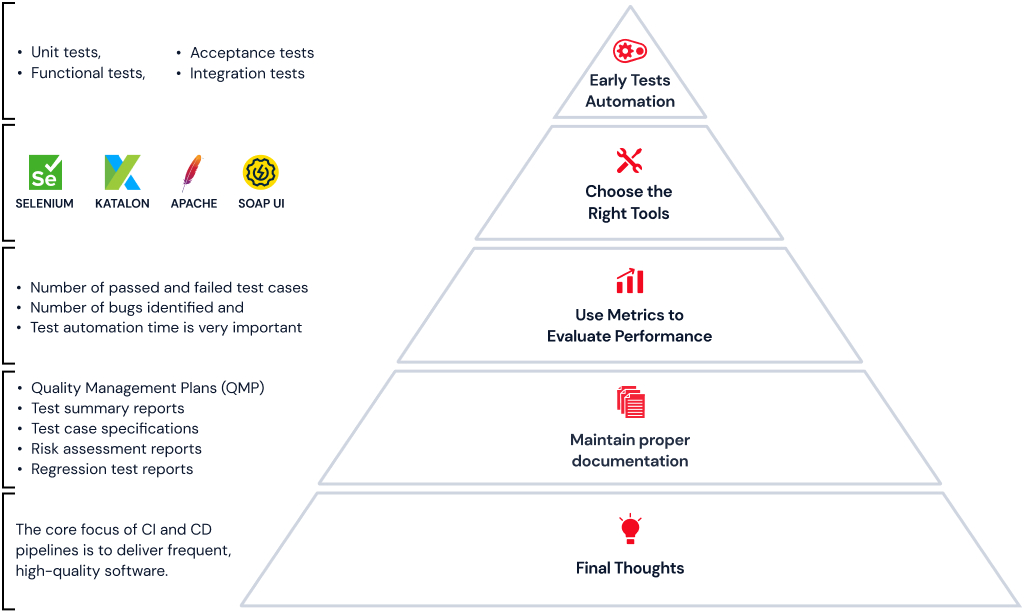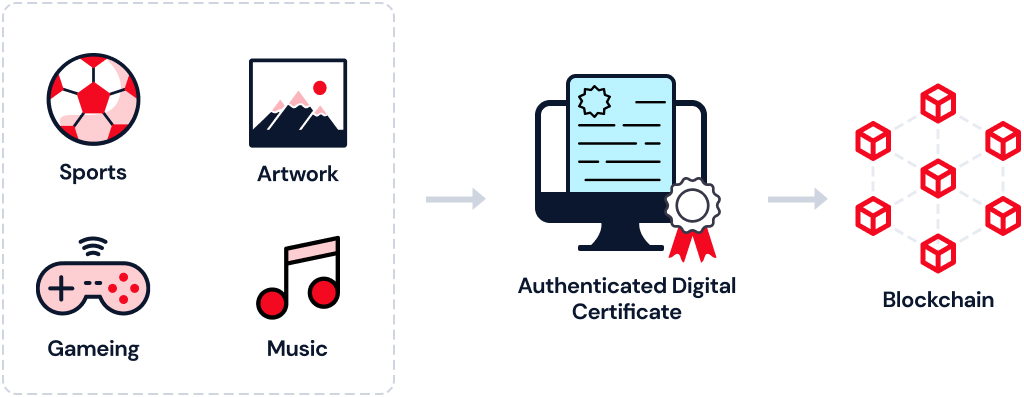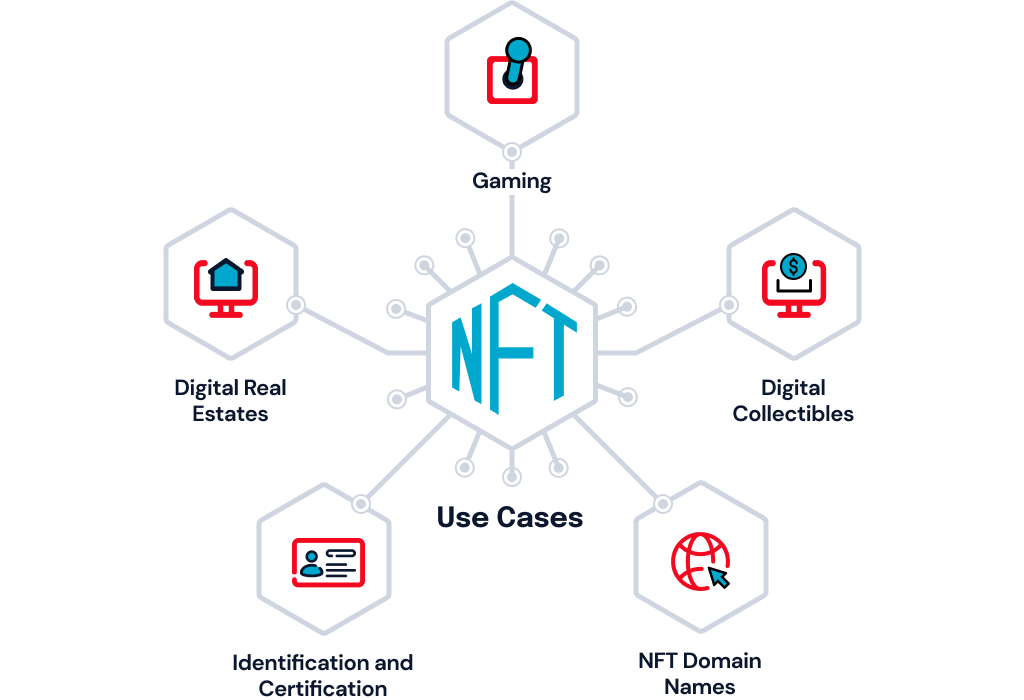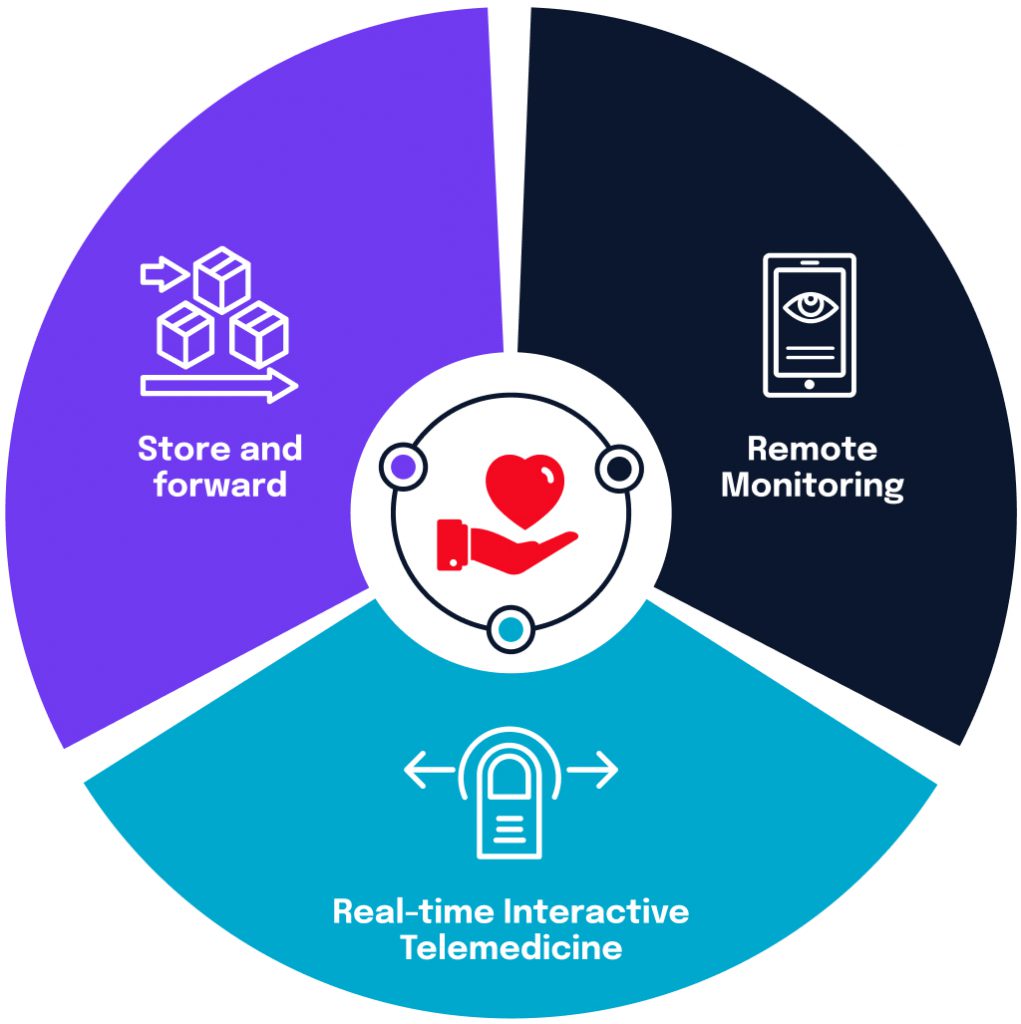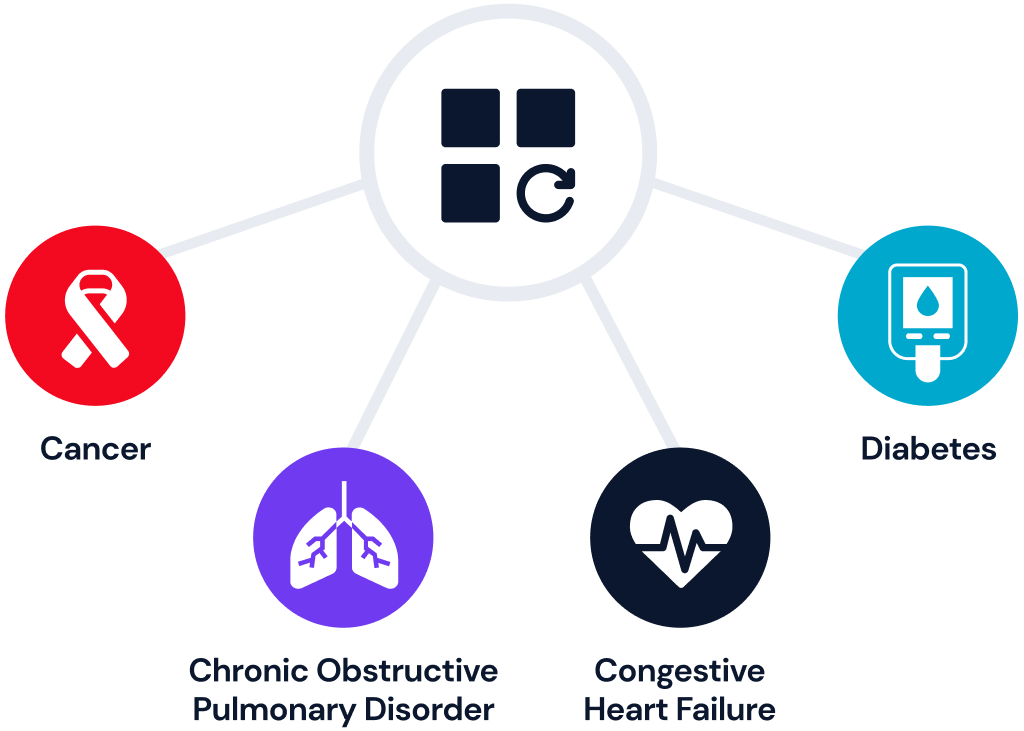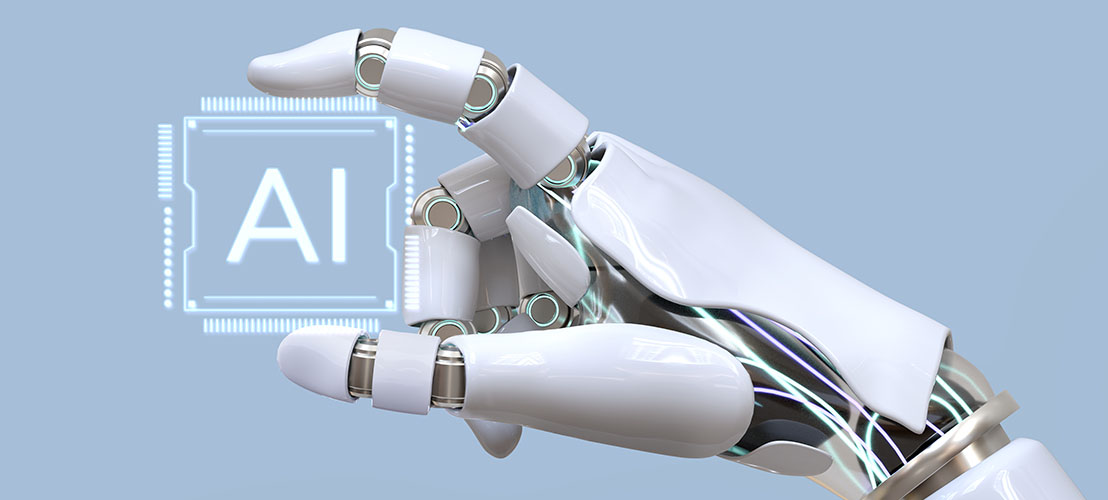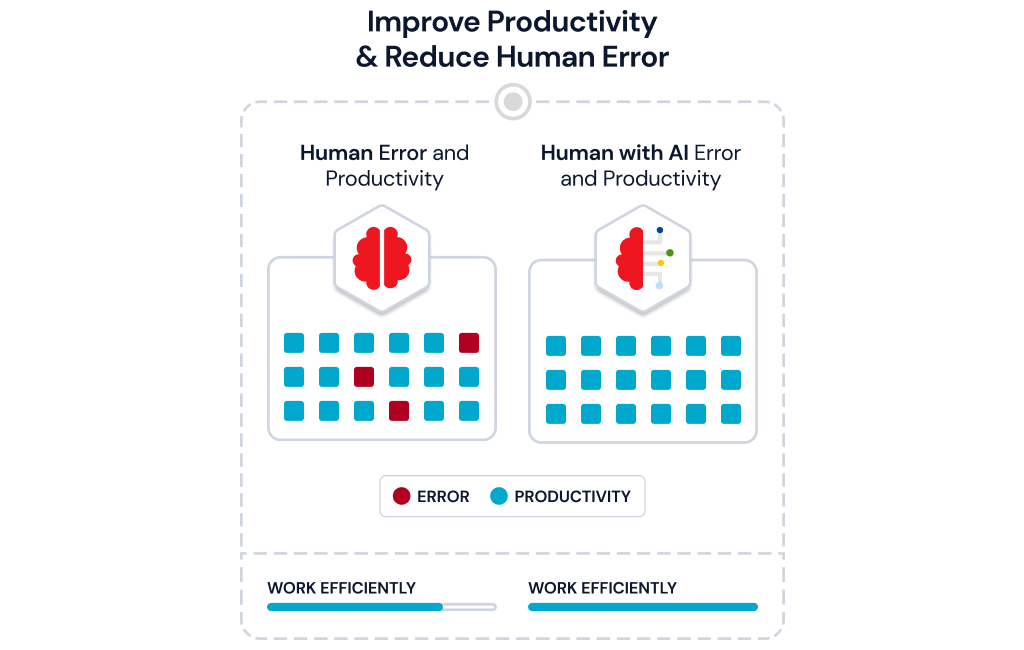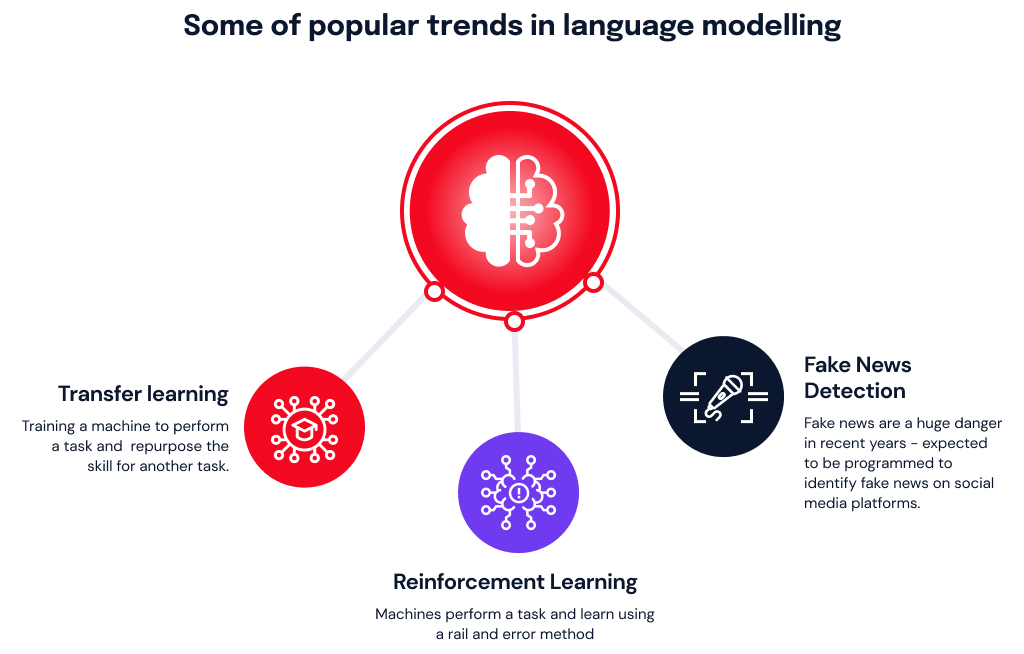As cloud technology becomes essential for modern businesses, two primary approaches for developing applications stand out: cloud-native and cloud-based. While these terms are frequently used interchangeably, they signify different strategies with their own architectures, benefits, and use cases. This article explores the key differences between cloud-native and cloud-based applications, providing real-life examples, examining their core principles, and highlighting the advantages of each to assist businesses in selecting the most suitable approach.
Defining Cloud-Native and Cloud-Based Applications:
Cloud-native applications
Cloud-native applications are specifically crafted and optimized for the cloud environment. Designed to take full advantage of cloud services and capabilities, these applications are built using microservices, containerized, and often managed with Kubernetes or other container orchestration tools. This design enables enhanced flexibility, scalability, and resilience, making cloud-native applications particularly well-suited for dynamic and highly distributed systems.
Cloud-Based Applications
On the other hand, cloud-based applications are traditional software applications that have been migrated to a cloud infrastructure. Although they may be hosted in the cloud, they are not necessarily built to fully leverage cloud-native capabilities. Cloud-based applications typically function in a virtualized environment but do not possess the granularity of microservices or container-based architectures. They often depend on Infrastructure-as-a-Service (IaaS) rather than Platform-as-a-Service (PaaS) or Software-as-a-Service (SaaS) models.
Key Differences Between Cloud-Native and Cloud-Based Applications
| Feature | Cloud-Native Applications | Cloud-Based Applications |
| Architecture | Microservices-based, containerized, serverless | Monolithic or traditional three-tier architecture |
| Deployment | Designed for the cloud, often utilizing PaaS or SaaS | Hosted on IaaS cloud infrastructure |
| Scalability | Highly scalable with on-demand resource allocation | Limited scalability, may require VM scaling |
| Flexibility | Modular, allowing independent service updates | Less flexible, often requires entire application update |
| Management | Managed through DevOps, CI/CD, and automated pipelines | Managed similarly to on-premises applications |
| Cost Efficiency | Pay-per-use with dynamic scaling and optimization | Higher costs if resources are not scaled efficiently |
| Latency | Often lower latency with localized, region-based instances | Latency depends on data center location and virtualized resources |
Example Applications
Cloud-Native Example: Netflix
Netflix serves as a prime example of a cloud-native application, utilizing a microservices architecture within a containerized environment. With millions of users accessing the platform at the same time, Netflix takes advantage of its cloud-native design for enhanced scalability and reliability. Each microservice—like recommendation engines, user profiles, and content streaming—is developed and deployed independently, enabling Netflix to update or scale specific parts of its system without impacting the entire platform.
Cloud-Based Example: Dropbox
Dropbox started as a cloud-based application, functioning primarily as a traditional file storage system hosted on cloud servers. It utilizes cloud infrastructure to store files and provide access from anywhere. However, it does not employ a microservices architecture; instead, it relies on scalable virtualized storage to meet user demand. Over the years, Dropbox has integrated some cloud-native features, but its core remains more aligned with a cloud-based system.
How Both Work
Cloud-Native Applications
Cloud-native applications are generally divided into microservices, each serving a specific business function. These microservices are containerized (for instance, using Docker) and operate in isolated environments. Orchestration platforms like Kubernetes automate the deployment, scaling, and management of these services. Cloud-native applications often adopt DevOps practices, facilitating continuous delivery (CD) and integration (CI). This approach allows teams to quickly deploy new features, address issues in real-time, and ensure high availability.
Cloud-Based Applications
In contrast, cloud-based applications function as complete entities running on cloud-hosted virtual machines. Rather than being segmented into microservices, they typically adhere to traditional monolithic or three-tier architectures. Updates are applied to the entire application, which can lead to increased downtime and complicate continuous deployment. While they can scale, the process usually involves adding virtual resources.
Real-Life Applications and Use Cases
1. E-commerce Platforms
E-commerce platforms such as Amazon benefit from a cloud-native architecture that allows for dynamic scaling in response to user demand, particularly during busy shopping seasons. Additionally, cloud-native applications enhance personalized customer experiences and facilitate real-time analytics.
2. Banking and Financial Services
While traditional banks transitioning to the cloud may opt for a cloud-based approach to mirror their on-premises systems, digital banks and fintech companies like Nubank typically prefer cloud-native designs. This preference enables them to provide customers with real-time transactions, insights, and tailored service options.
3. Healthcare Systems
In the realm of telemedicine and digital health platforms, a cloud-native design ensures quick response times and secure data management. Conversely, cloud-based applications are more suitable for storing and accessing large volumes of records within traditional healthcare networks.
Advantages of Cloud-Native Applications
1. Scalability and Flexibility
Thanks to a microservices architecture, cloud-native applications can scale individual services according to demand. This level of granularity promotes efficient resource utilization and allows for swift adjustments.
2. Resilience and Fault Tolerance
Because microservices operate independently, a failure in one service does not necessarily affect the others. Cloud-native applications are built to recover quickly and adapt in the event of an outage.
3. Agility and Speed
CI/CD pipelines and containerization enable development teams to roll out updates and new features without experiencing downtime, making cloud-native applications particularly well-suited for companies that need to innovate quickly.
Advantages of Cloud-Based Applications
- Cost-Effective Migration
Moving existing applications to cloud infrastructure typically demands fewer resources than completely redesigning the system. This makes it a practical option for companies looking to transition to the cloud without extensive re-architecture. - Familiar Architecture
Cloud-based applications maintain their traditional structure, which can help reduce the learning curve for teams already accustomed to managing on-premises applications. - Flexibility for Gradual Modernization
A cloud-based approach allows companies to gradually incorporate cloud-native features, such as adding containers or adopting DevOps practices, without the need for a full cloud-native transformation.
Which Approach to Choose?
Deciding between cloud-native and cloud-based applications largely hinges on a company’s specific needs, goals, and resources:
When to Choose Cloud-Native: If your business demands quick feature releases, scalability, and high availability, cloud-native applications are an excellent choice. Companies focused on long-term innovation, particularly in digital services and SaaS, will find significant advantages in a cloud-native strategy.
When to Choose Cloud-Based: For businesses making the shift to the cloud but not yet ready for a complete overhaul, cloud-based applications offer a solid compromise. They provide the benefits of cloud hosting without necessitating a full redesign, making them suitable for organizations that need to migrate legacy systems with minimal disruption.
Conclusion
In conclusion, cloud-native and cloud-based applications serve different purposes and provide various benefits. Cloud-native applications are designed for innovation, flexibility, and scalability, while cloud-based applications offer a cost-effective method for migrating and modernizing traditional systems. As cloud technology continues to advance, understanding the fundamental differences and use cases of each approach will empower businesses to make informed decisions that align with their unique needs.
